Your hamstrings provide the power, speed, and endurance you need to succeed in your activities, in addition to your quadriceps and calves. As a result, stretching your hamstrings regularly is a must if you’re just starting out in running or any other sport.
Gaining both flexibility and strength in the thighs’ backsides will improve your stamina and performance. You should also start paying attention to your hamstrings for the following three reasons. First, if your hamstrings are tight, your lower back may overcompensate during physical exercise or even daily duties, jeopardizing your disc health and increasing your risk of back discomfort.
Because of its proximity to the knee’s posterior, a strong, flexible hamstring can promote knee health and alleviate knee pain. Third, if we were to appeal to your vanity, you wouldn’t want your legs to be all jiggly.
Recommended hamstring exercises and stretches
Hamstring exercises:
Deadlifts: This compound movement targets not only your hamstrings but also your entire posterior chain. Use proper form and start with lighter weights to prevent injury.
Romanian Deadlifts (RDL): Similar to regular deadlifts, RDLs focus more on the hamstrings. Keep your back straight and hinge at the hips while lowering the barbell or dumbbells.
Lying leg curls: This is a hamstring-focused solitary exercise. You can perform it using a machine at the gym.
Glute-ham raises: If you have access to a glute-ham raise machine, this exercise effectively targets the hamstrings and glutes.
Single-leg deadlifts: Holding a dumbbell in one hand, hinge at the hips, and lift one leg behind you, keeping your back straight.
Hamstring stretches:
Standing hamstring stretch: Stand with one foot slightly forward and the other foot back. Keep your back straight and bend at your hips, reaching towards your toes.
Seated hamstring stretch: Put your feet flat on the floor in front of you as you sit down. Reach for your toes with both hands while keeping your back straight. Hold the stretch for 20-30 seconds.
Lying hamstring stretch: Lie on your back and lift one leg towards the ceiling while keeping it straight. Use your hands to gently pull your leg towards your head.
Pigeon pose: From a plank position, bring one knee towards your chest and place it on the floor next to your hand. Extend the other leg straight back and lower your hips toward the ground. This stretch targets not only the hamstrings but also the hip flexors.
Dynamic leg swings: Stand beside a sturdy support and swing one leg forward and backward in a controlled manner. This can help improve hamstring flexibility and range of motion.
The advantages of stretching
- Improved flexibility: Stretching helps increase the flexibility of your muscles and joints. This can enhance your overall range of motion, making it easier to perform everyday activities and exercise movements.
- Enhanced muscle function: Regular stretching can improve muscle coordination and balance. It also helps prevent muscle imbalances that can lead to discomfort and injury.
- Reduced muscle tension: Stretching helps to release muscle tension by promoting relaxation and increasing blood flow to the muscles. This can alleviate feelings of stiffness and discomfort.
- Injury prevention: When your muscles and joints are flexible and properly aligned, you’re less likely to experience injuries during physical activities. Stretching helps improve the resilience of your muscles and connective tissues.
- Improved posture: Stretching can help counteract the negative effects of prolonged sitting or poor posture. It can lengthen tight muscles that may be contributing to poor alignment.
Balancing strength training and flexibility work can lead to improved durability, reduced risk of injury, and better overall performance. Remember to consult with a fitness professional or healthcare provider if you’re new to these exercises or have any underlying health concerns.


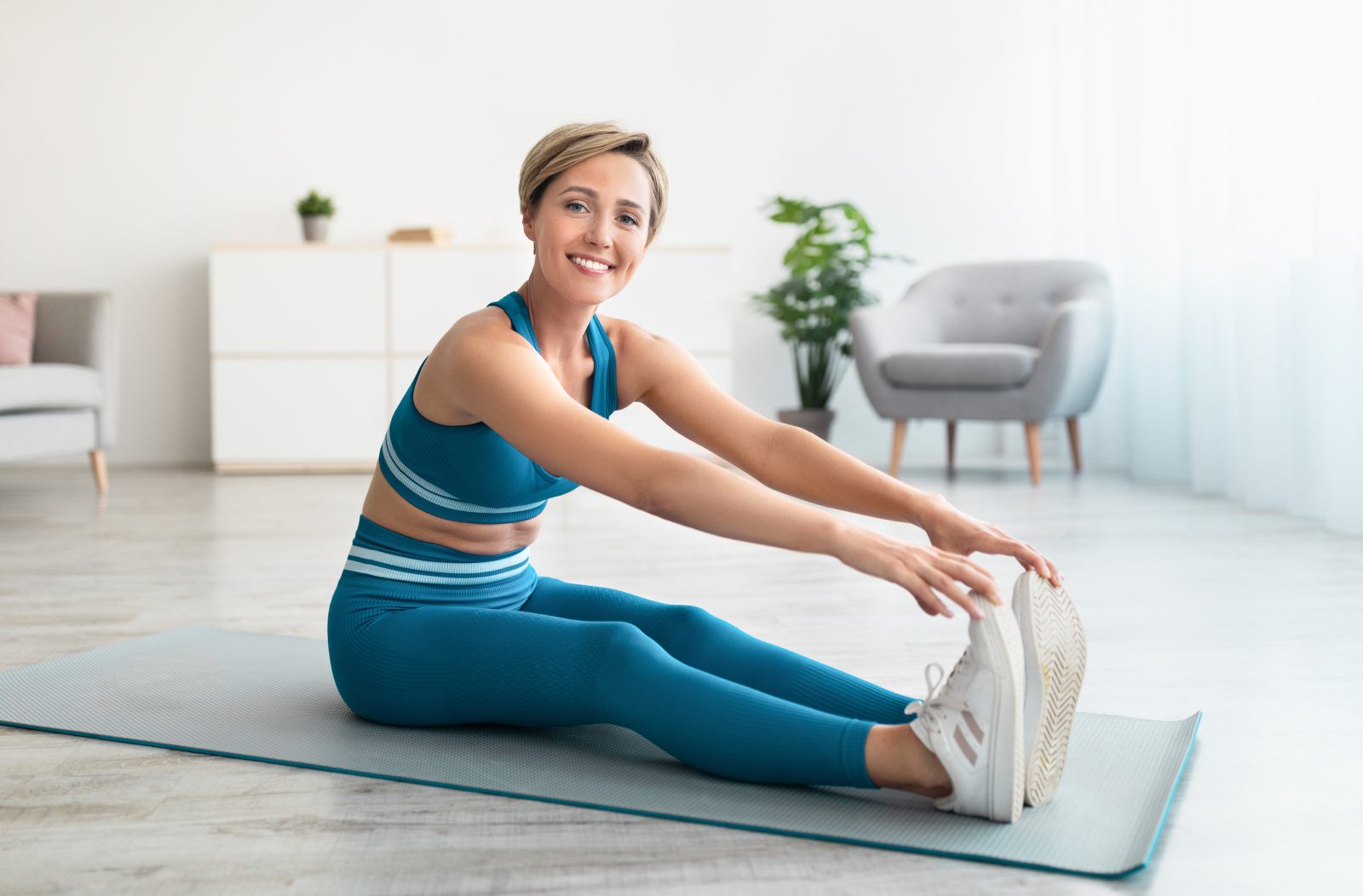
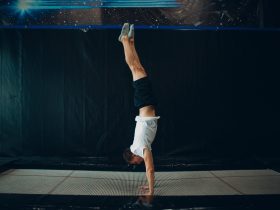








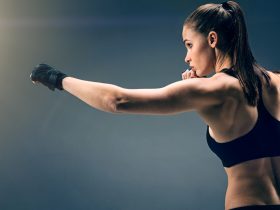
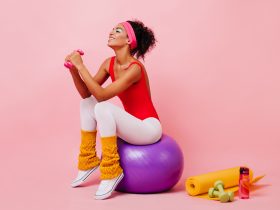
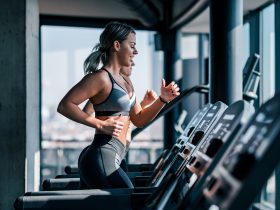

Find Us on Socials